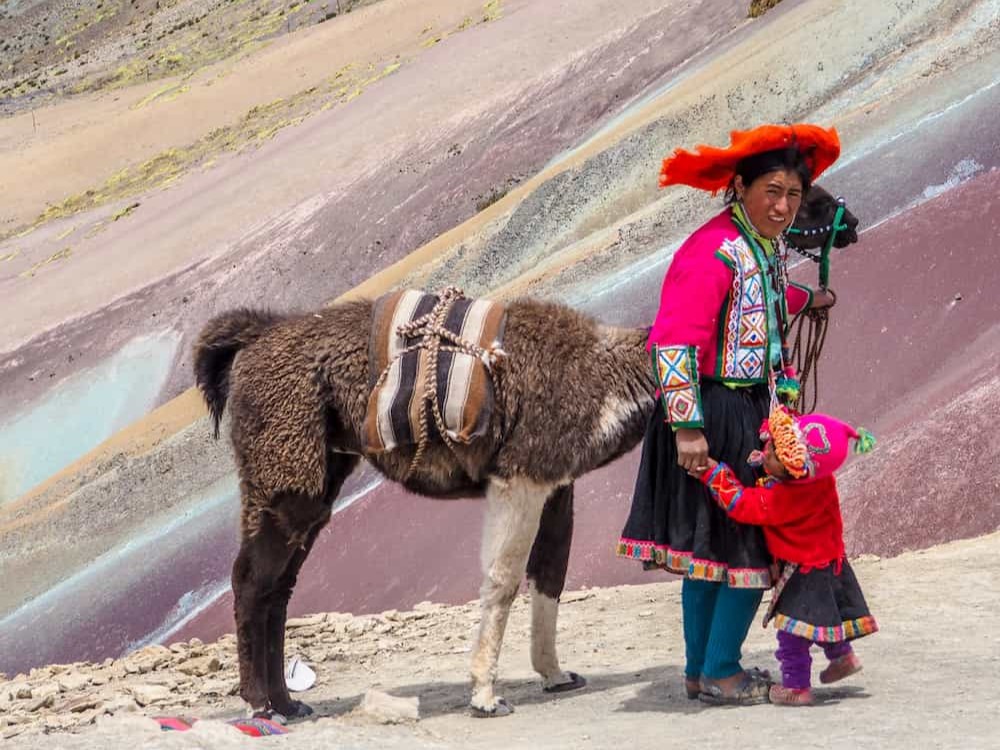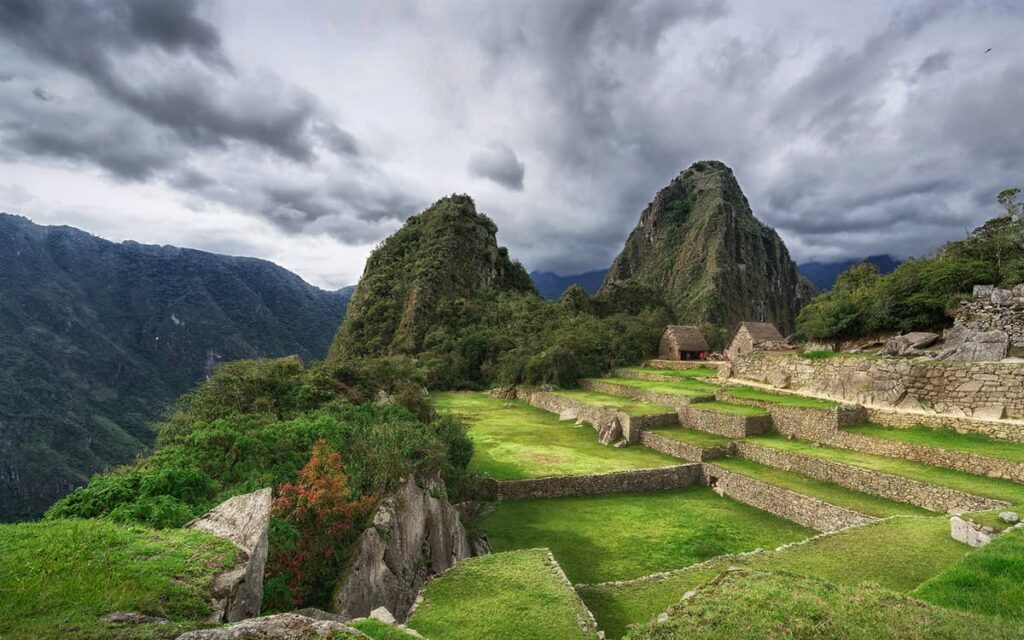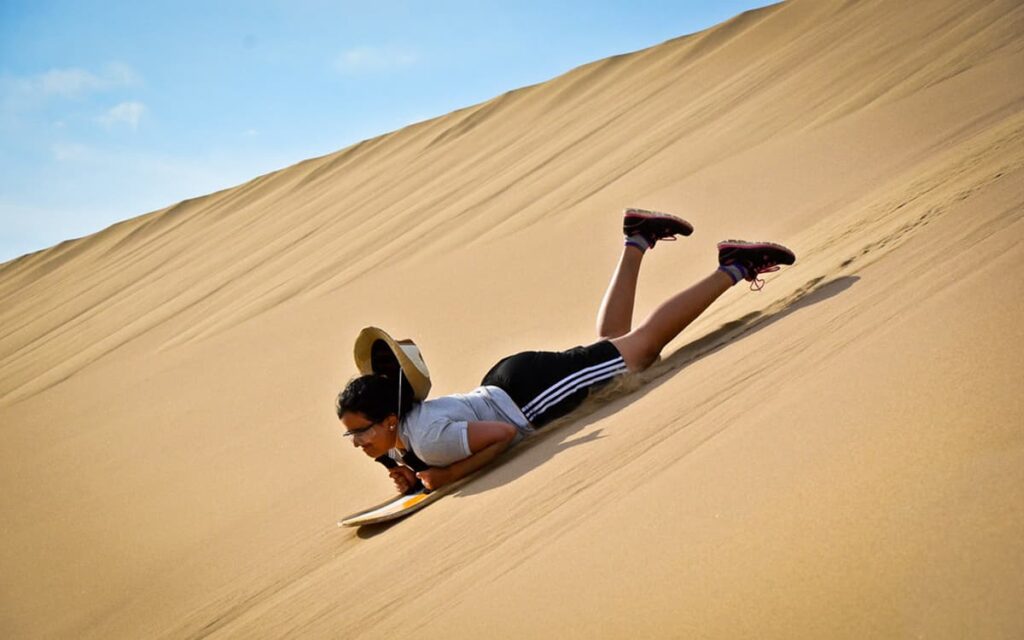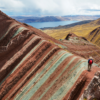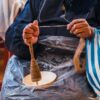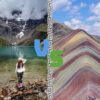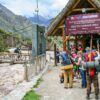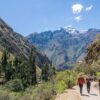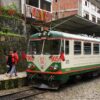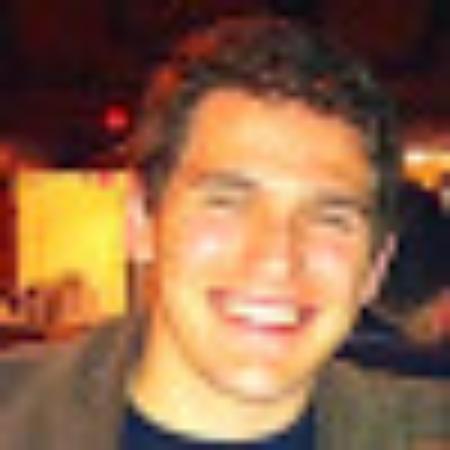Commissioned to be built by the Inca Yupanqui, his Panaca lived there. Hatun Kancha is a Quechua expression that means: The great enclosure, the Hatun Kancha Palace belonged to Amaru Inca Yupanqui and there his lineage or panaca resided. Historians say that Amaru, due to his intelligence and obedience, was shaping up to inherit the Tahuantinsuyo empire; reason for which he won the right to build his own palace adjacent to the Waqaypata and very close to his grandfather’s palace. When Tupac Inca Yupanqui assumes power (due to the immense popularity caused by his bravery) Amaru Inca Yupanqui maintains the right to preserve his great Hatun Kancha Palace and his panaca.
Meaning of the name:
Its name means Great Enclosure.
Location:
The Hatun Kancha Palace is located between the current streets of Triunfo, Santa Catalina Angosta and Herrajes.
Attractions:
Currently they are colonial houses, built on the foundations of the old Hatun Kancha Palace, most of these constructions house businesses aimed at the tourism sector.
Who was Amaru Inca Yupanqui?
Amaru Inca Yupanqui (Quechua: Amaru Inka Yupanki) was an Inca from Tahuantinsuyo. His reign was short and marked by a food crisis until he was succeeded by his brother.
He was the firstborn of Pachacútec with the coya Mama Anahuarque. He was born in Pomacocha, when his father’s army was on the way to Vilcashuaman. Back in Cuzco, Pachacútec threw big parties to celebrate his birth. Apparently, the monarch already had two sons, Yanqui Yupanqui and Tilca Yupanqui, who over time would become influential apricots and the second will be a skilled general. But they were both sons with concubines.
Sources differ on its history. Some argue that the Inca, knowing himself old, decided to associate him to the throne to ensure his succession, as Inca Roca had already done with Yáhuar Huácac and Huiracocha Inca with Inca Urco. He made him take a ñusta (main wife) as a coya (main wife). noble) called Chimpu Ocllo or Curi Ocllo.The Inca decided to instruct him in the administration of the State and sent him to fight a rebellion of the Collas, where one of the sons of the curaca defeated by his father years before had proclaimed himself Inca. A host of 200,000 Incas, including Cajamarca and Chimú auxiliaries, was placed at his command; He was seconded by Túpac Ayar Manco and Apu Paucar Usnu. He was barely successful thanks to the help of his brothers, but this made his military incapacity clear.6 His brothers continued with the annexation of Charcas, Paria, Tapacari, Cochabamba, Pocona, Chincha and Chuyes. The troop was divided into three: 5,000 went to the mountains, 20,000 to the southern coast, and the rest annexed those territories.
Later, he led an expedition against the Chiriguanos, discovered the Amarumayo River (Madre de Dios) but failed to defeat the regional tribes. After a co-government of five or six years (others speak of ten) but his poor performance led to him being displaced by his younger brother, Túpac Inca Yupanqui, voluntarily giving up his position.The empire needed a warrior and he met the requirements. While Túpac was campaigning in the north, being six years away from Cusco, a terrible seven-year drought occurred that produced famine and cannibalism <reference missing>. Amaru donated the fruits of his fields to feed the needy He is described as a philosopher, humble and good; «Too human to be a ruler.»
Other sources indicate that Amaru was never accepted by the nobles (orejones or ñusti) Cuzqueños and deposed him as soon as his mother died. Some say that he came to rule but a few years because of his weak and peaceful character, leading to his overthrow due to his brother. Despite this, he was always faithful to the new monarch.
Inca Garcilaso de la Vega (Royal Comments of the Incas) mentions an Inca Yupanqui as Sapa Inca between Pachacútec and Túpac, and would have been the father of the latter; thesis supported by the Peruvian historian Julio Rolando Villanueva Sotomayor. Garcilaso maintains that most chroniclers confuse the names due to the similarity they have. However, Pedro Cieza de León (El Señorío de los Incas) also mentions an Inca Yupanqui but All the information given on the character indicates that he refers to Pachacútec. Most of the chroniclers recognize the existence of Amaru, but they say that he was only co-reigning and it was Túpac who succeeded his father. María Rostworowski maintains that Garcilaso de La Vega does not mention the diarchy or the election of the successor because that would have made his chronicle less understandable to the European reader, and also because it could lead to Túpac being considered a usurper and his descendants were denied their rights and properties (he was a great-great-grandson of Tupac).
According to the Peruvian historian José Antonio del Busto he was appointed co-ruler in 1450. His Bolivian colleague Mariano Baptista Gumucio points out that he succeeded his father in 1478 and quickly fell.
Other Inca Palaces that you should know during your trip to Cusco
The Inca culture worked its buildings using an excellent construction style, which can be seen in the palaces that the Incas erected for their successors. Therefore, it is important that, during your trip to the Imperial City of Cusco, you take time to get to know the four Inca Palaces that we will mention below:
Qollqanpata Palace
Qollqanpata Palace was built on the slopes of Sacsayhuamán in the Qollqanpata neighborhood, this palace belonged to the founder of the Inca empire, Manco Cápac. Upon the arrival of the Spanish, this site passed into the hands of Diego de Almagro and is currently the Church of San Cristóbal.
Its Quechua name is «deposit site», a name that describes the place of large deposits, possibly food. Currently you can see ruins of its walls and part of a beautiful Inca wall carved in rock.
Qasana Palace
It is a group of buildings whose south side adjoined the Plaza de Armas), ordered to be built by the Inca Pachacútec, located today between Procuradores, Tecsecocha, Plateros, Amargura and Saphi streets.
Qasana means in Quechua «where the frost falls» and that in ancient times it extended from the parallel tracks to the Saphy River to the Palace of Qoraqora. According to historians, this was the palace was the residence of the royal lineage «Iñaka PanaKa Ayllu» and today several colonial-style mansions are appreciated in the place, whose foundations are the bases of the Qasana Palace, still visible.
Qoraqora Palace
Commissioned to be built by Inca Roca, it was the residence of the «Ayllu Raurau» located next to the Qasana facing the current Plaza de Armas in Cusco. «Qoraqora» is a Quechua word that means «place with abundant grass.»
With the arrival of the Spaniards, it was awarded to Gonzalo Pizarro and during the Colony residences were built on its foundations, leaving their stone bases exposed and that today the visitor can appreciate in the colonial portals and houses.
Kiswar Kancha Palace
Kiswar Kancha Palace is belonging to the Inca Wiraqocha, it was composed of interior buildings and large courtyards, and was located in what is now the Cathedral of Cusco and the temple of Jesus, Mary and Joseph.
Kiswar Kancha is a Quechua expression that means «place of the bushes» and it is said that this palace was quadrangular composed of buildings and courtyards. At present, unfortunately there is nothing left to see of what this great palace was.
Kiswar Kancha Palace
Kiswar Kancha Palace was built by order of the Inca Huayna Cápac, and whose name means «enclosure of the snakes», it is said that this palace was so wide that it reached the Saphy River. During the time of the Spanish conquest, this palace belonged to Hernando Pizarro.
But with the passage of time the Jesuits began the construction of the Church of the Society of Jesus. Today the tourist will be able to appreciate the walls that were part of the Amaru Kancha Palace on Loreto Street.
Pukamarka Palace
Its name means «Red Place», built by order of Tápac Inca Yupanqui with the aim of communicating to the entire empire that he was its only leader. Currently some walls are observed because, during the time of the Spanish conquest, the stone material was used to build colonial buildings.
To book a vacation to Cusco or for any questions, it is recommended to do so with a FullViajes travel agent to obtain all the detailed information about trip planning to guarantee an excellent vacation in the Millennial City.
Hatunrumiyoq Palace
The Hatunrumiyoq Palace was built by order of Inca Roca, in this place the leader of the Inca Empire lived with his panaca. The name of the palace means «House that has large stones.» During the Spanish conquest, this building was partially demolished to build the House of the Marquis of Rocafuerte.
This place preserves a wall built of green diorite stone with irregularly shaped polyhedra: The twelve-angle stone. This construction remains firm over the years, what is more, the union of these stones is so perfect that no fine object (needle) can be inserted into the joints of the Inca construction.
Visiting Cusco is a real adventure whose protagonist will be yourself, instead of a memorable experience, that is why Cusco is definitely one of the most incredible cities with a great variety of archaeological centers and tours such as Sacred Valley, Camino Inca or Machu Picchu. To enjoy an unforgettable experience, contact Inka Trail Backpacker, a company that will better assist you during your visit, of course it is always with the necessary advice for you and yours as well as the guarantee, responsibility and security that characterizes us. If you visit the city of Cusco another impressive destinations that you can visit are the tour to rainbow mountain peru or the humantay lake tour from cusco, which only takes one day. But if you are gonna to stay more days in Cusco, other archaeological places you can know will be the choquequirao trek peru, the salkantay trek to machu picchu, and the classic inca trail 4 days 3 nights.

